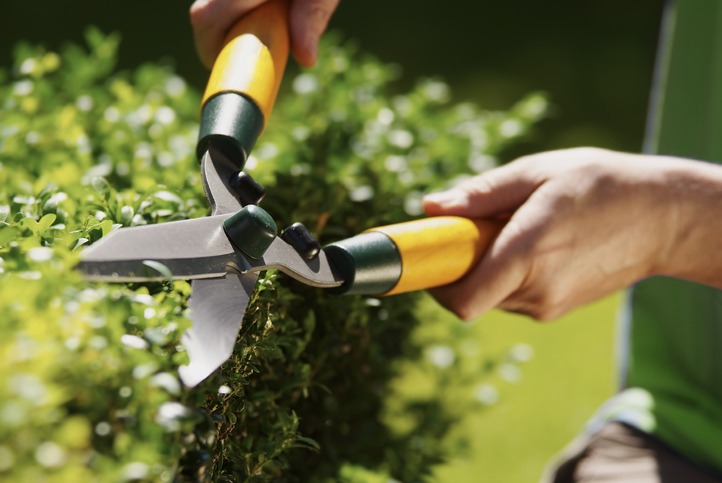Maintaining a piece of property is an essential element of owning land of any kind. No matter the season, ensuring that a piece of land doesn’t appear completely unkempt can be an intensive task to undertake during each part of the year. Various steps should be taken to help guide you through the landscaping maintenance process, so your yard will look it’s best–no matter the time of year. These areas need a little maintenance to remain healthy and thriving, from shrubs to garden beds.
Here is a comprehensive and doable guide to maintaining your landscape as best and thoroughly as possible.
Grass health
The first step to keeping your lawn healthy and maintained is to focus on the health of the vast amounts of grass in the yard. Part of what keeps grass is to fertilize regularly as possible. For the grass to remain a beautiful green, this step is imperative. Before you begin to feed your grass the proper fertilizing nutrients, test the soil’s PH levels. You can test out the PH levels utilizing home products like baking soda and vinegar. Placing the soil into a cup, adding vinegar, baking, and seeing if it significantly fizzes will help you decipher the soil’s level. From there, you can purchase fertilizer with a proper blend based on the soil’s PH level for maximum grass health.
Watering
Part of keeping your grass and overall lawn healthy is to water your lawn in a certain way. This does mean watering it more regularly, as they can ultimately be counterproductive to lawn health, but it means staying consistent. It would help if you did a deep watering for your garden beds and plants that you want to flourish and grow. Because grass itself needs about one inch of water per week to stay green, healthy and growing, you should make sure you water the lawn either in the early morning or late evening so the water doesn’t evaporate during the height of a sunny day.
Prune
Pruning is another vital procedure to add to your gardening regime in order to protect your shrubs, garden beds, and grass by removing what is obstructing their growth. Pruning is critical in climates that experience harsh winters. After winter, to culminate a healthy lawn, it’s essential to cut off any broken branches caused by snow and ice. You can also prune some unwanted branches to make your shrubs and trees look more aesthetically pleasing and to help them grow out a bit more.
Cleaning leaves and debris
After fall or winter is over, cleaning up the dead leaves that shed off the trees and other pieces of natural debris off your lawn will help reduce the risk of mould and decay. Mould and decay that are usually attached to these dead leaves and debris will keep your yard from flourishing most healthily. However, some leaves should stay scattered on the lawn because it will help natural pollinators and other wildlife survive the winter. Clean up the debris and some of the dead leaves on your lawn by simply using a rake, which will also gather dead grass that should be removed from the lawn.
Tackling weeds
Weeds can be an aggressively growing and unappealing feature that grows on every lawn. If the weeds are left unattended for too long, the roots will continue to grow, and it will become challenging for anyone to pull them out properly. This is why weeds need to be pulled out as soon as they become visible, usually in the early spring. When they begin to emerge, you can also apply an organic pre-emergent herbicide to the entire lawn.
Straighten out planting beds
While focusing on your lawn will be a great help in maintaining the landscaping on a property, so is delicately tending to your garden beds. Always remove debris and dead leaves and branches from the gardening bed, so your plants can grow without obstruction. Carefully the weeds that might be embedded around the plants and gently raking over mulch will enable the sun to warm the soil, effectively accelerating growth properly. Another way to boost growth is by turning the soil that is placed in the planting beds. If the soil is too wet, it is too soon to turn it over.

